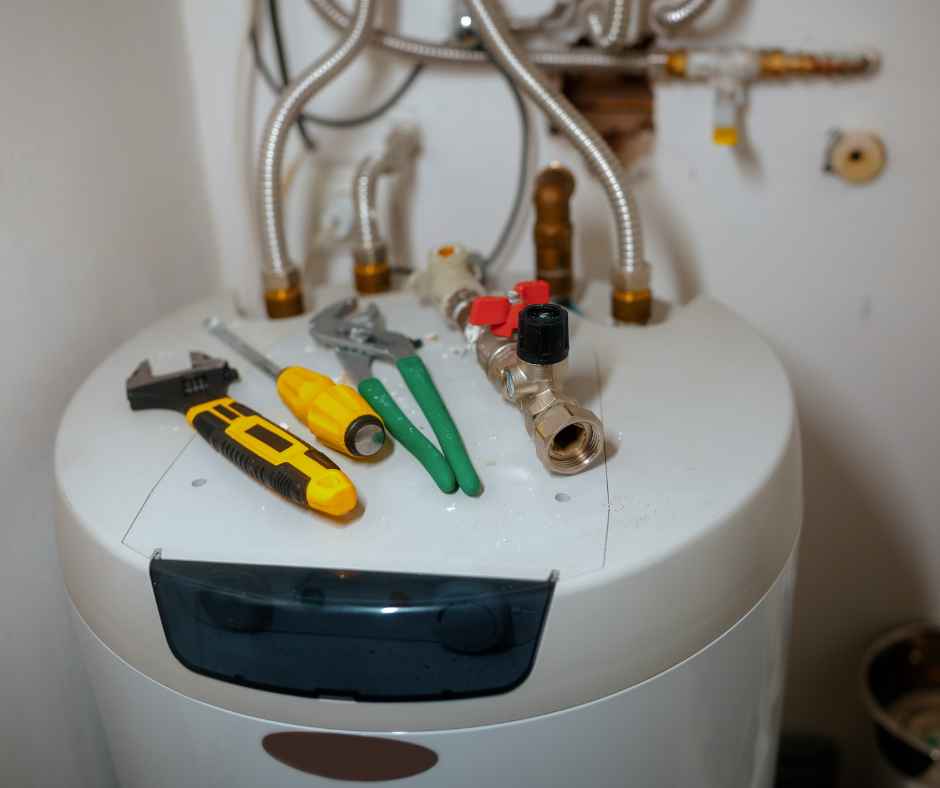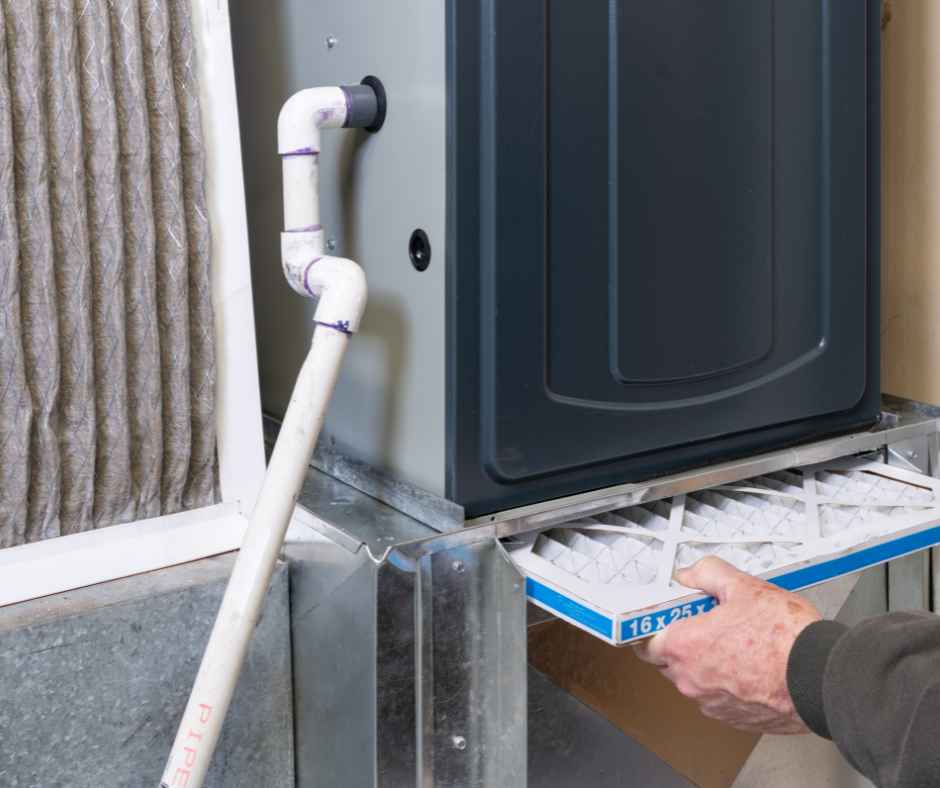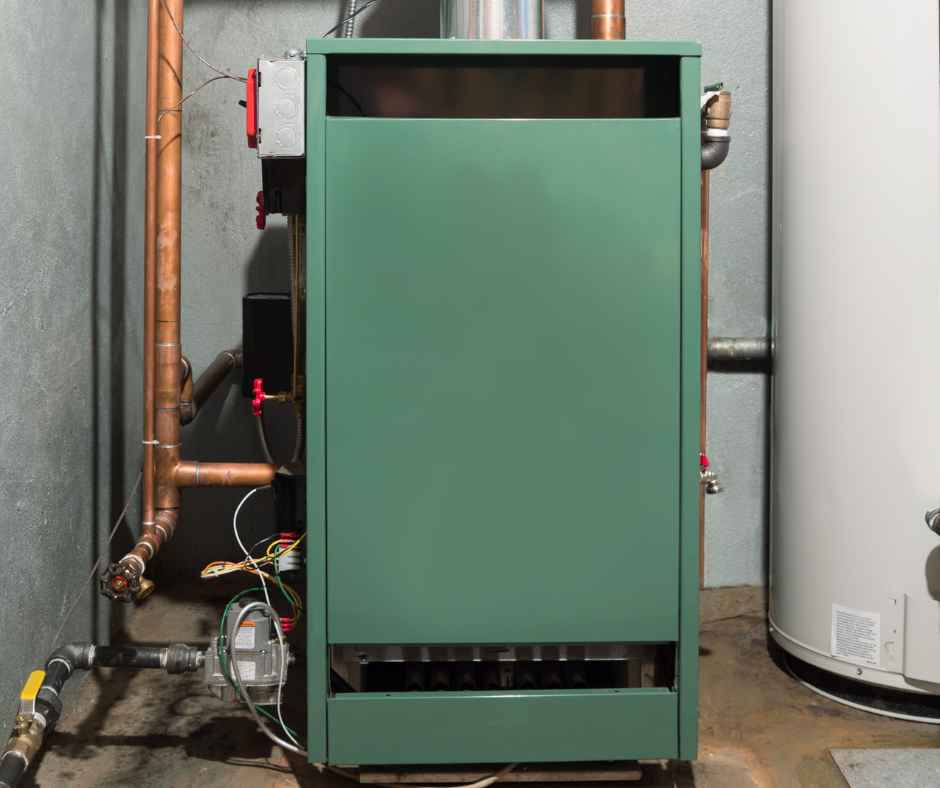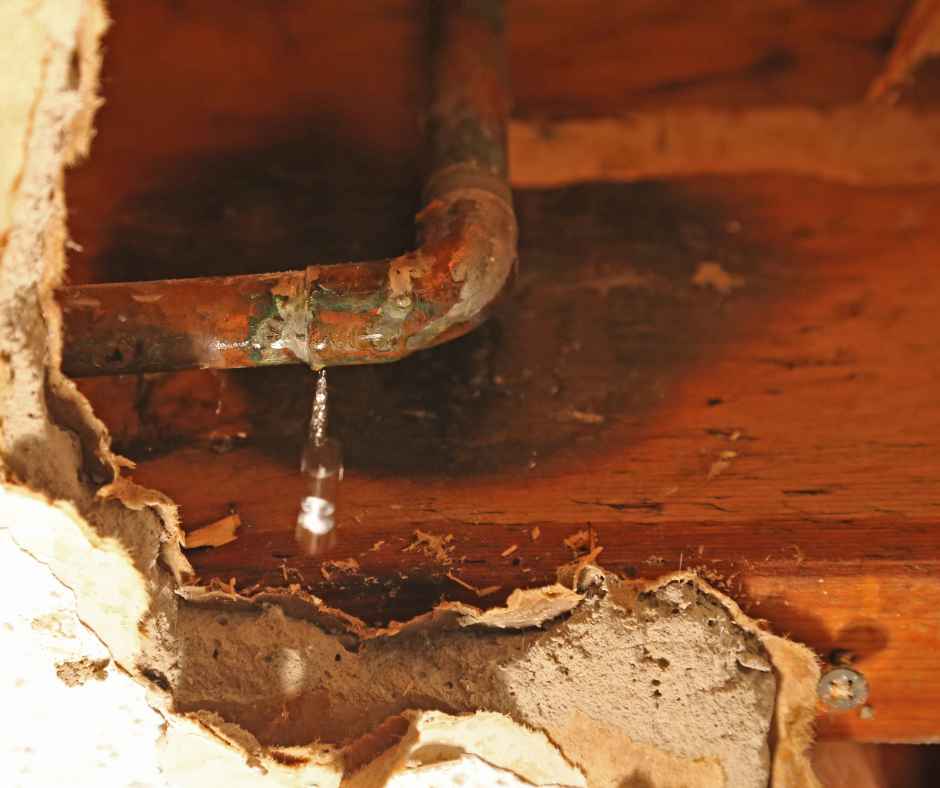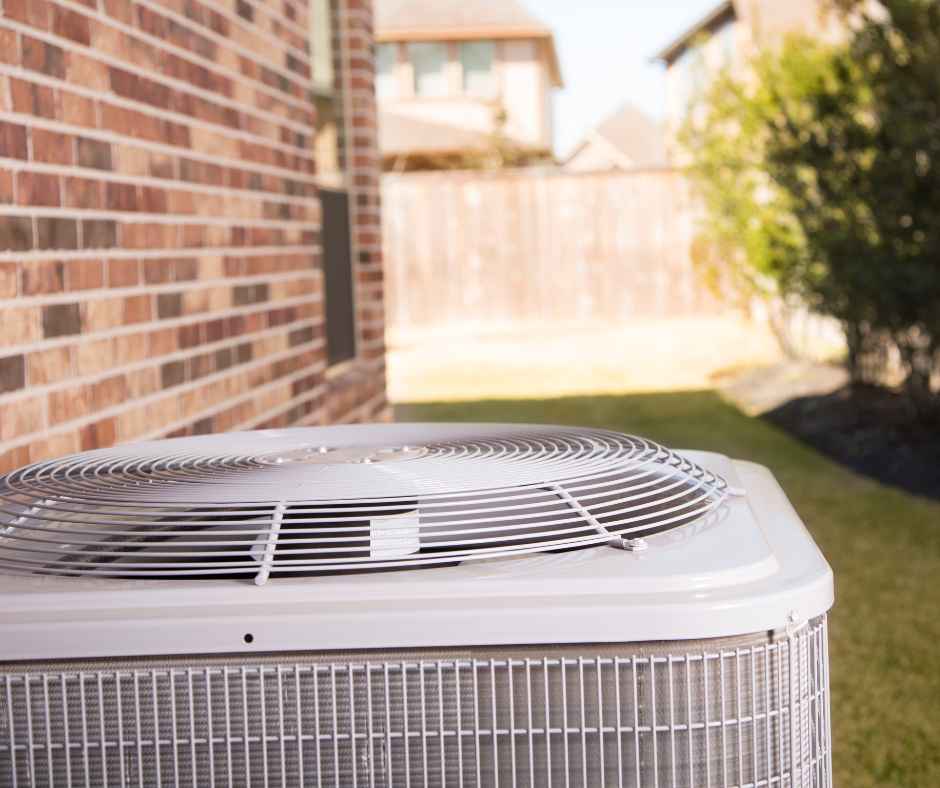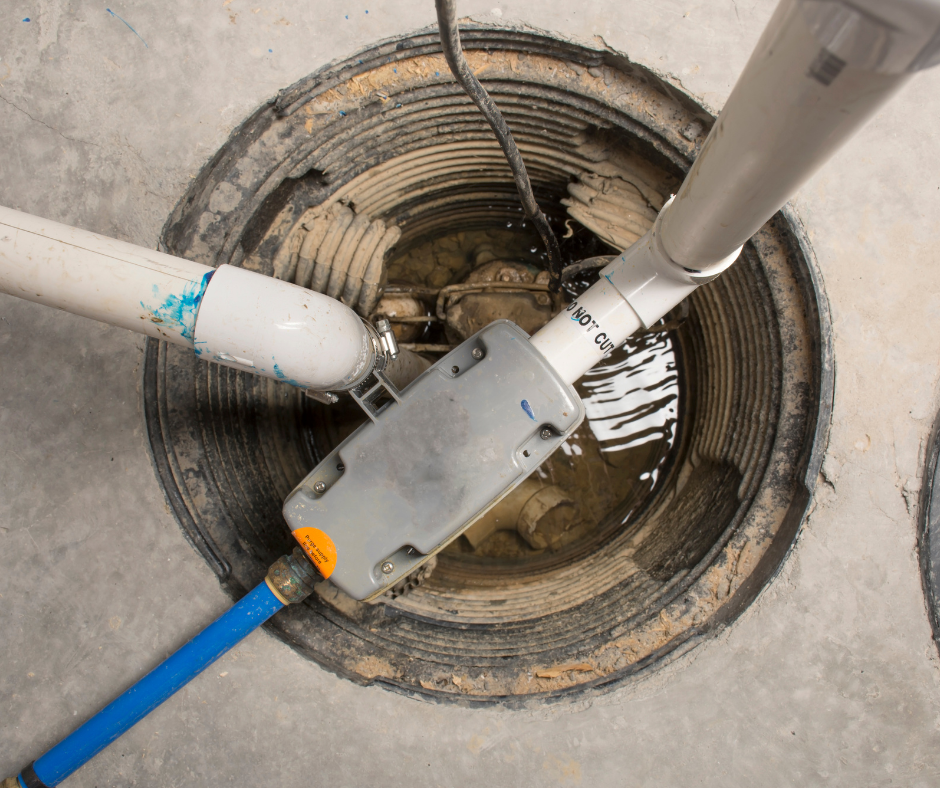Serving central Maryland & eastern shore
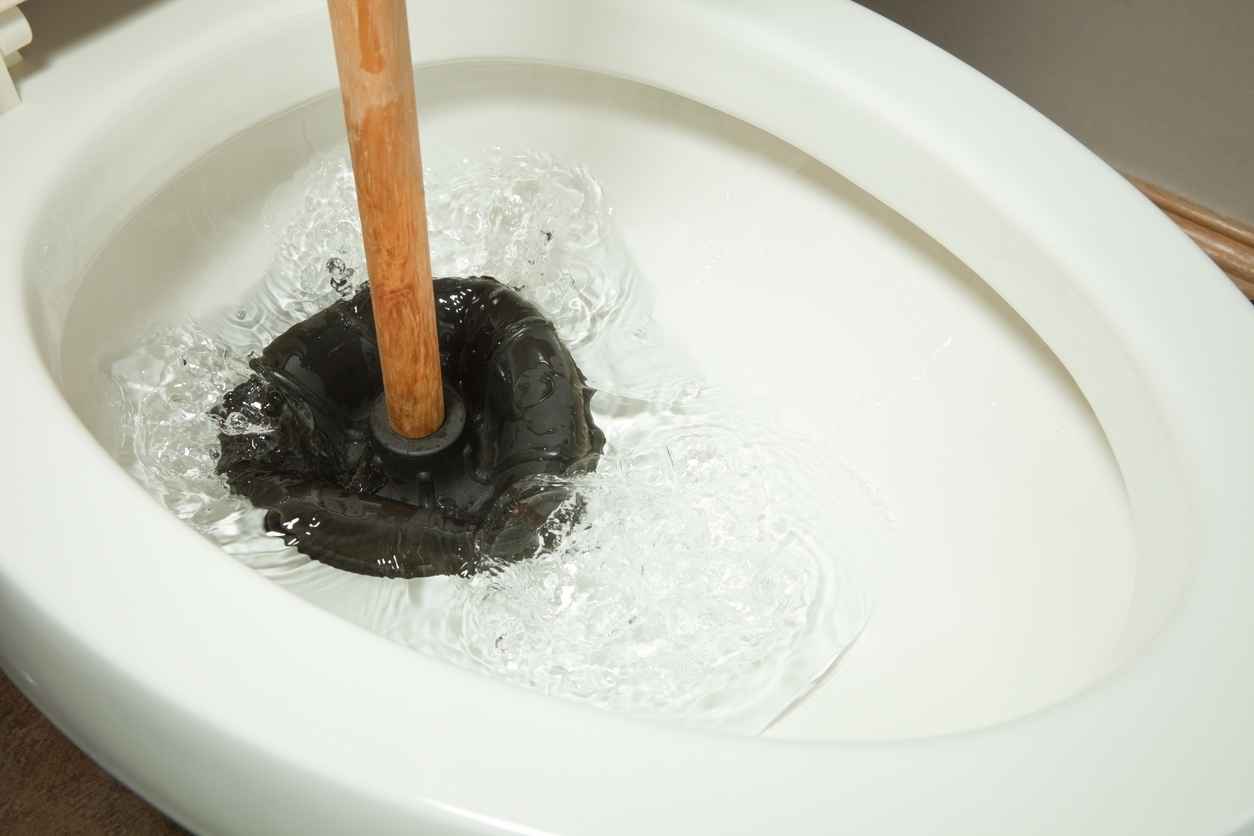
How to Unclog a Toilet
A clogged toilet can be a frustrating and inconvenient issue, but it’s one that most homeowners will encounter at some point. Whether the blockage is caused by excess toilet paper, foreign objects, or a build-up of waste, knowing how to unclog a toilet quickly and effectively can save you time and prevent costly plumbing repairs.
In this blog, we’ll explore simple and effective methods to unclog a toilet and offer tips to help you avoid future clogs.
Common Causes of a Clogged Toilet
Before diving into how to unclog a toilet, it’s helpful to understand what commonly causes blockages. The most frequent culprits include:
- Excess Toilet Paper: While toilet paper is designed to dissolve in water, using too much at once can cause a clog, especially if it doesn’t have enough time to break down before being flushed.
- Foreign Objects: Items such as wipes, paper towels, cotton swabs, or even small toys can get lodged in the toilet, leading to a blockage.
- Build-Up of Waste: Over time, waste and other materials can accumulate inside the drainpipe, restricting water flow and causing slow drainage or a full blockage.
Step-by-Step Guide to Unclogging a Toilet
Unclogging a toilet can be a straightforward task if you have the right tools and know the proper techniques. In most cases, common household items like plungers or even hot water and dish soap can do the trick. Below, we’ll walk you through several methods for unclogging your toilet and restoring proper drainage.
Use a Plunger
A plunger is often the first tool you’ll reach for when faced with a clogged toilet. Here’s how to use it effectively:
- Step 1: Ensure the toilet bowl has enough water to cover the plunger’s rubber head. If there isn’t enough water, add some using a bucket.
- Step 2: Place the plunger over the drain hole at the bottom of the toilet and press down firmly to create a seal.
- Step 3: Begin plunging up and down with steady pressure. The suction created by the plunger should help dislodge the blockage.
- Step 4: After a few plunges, remove the plunger and check to see if the water drains. If the toilet is still clogged, repeat the process a few more times.
A high-quality plunger with a flange (the extended part at the bottom of the rubber head) is more effective for unclogging a toilet than a flat plunger typically used for sinks.
Try a Toilet Auger
If plunging doesn’t work, the next tool you can use is a toilet auger (also known as a drain snake). This tool is designed to reach deeper into the drain to clear stubborn clogs.
- Step 1: Insert the auger’s flexible coil into the toilet drain.
- Step 2: Crank the handle to push the coil further into the pipe. The auger will either break up the clog or hook onto the obstruction, allowing you to pull it out.
- Step 3: Once the clog is cleared, flush the toilet to check if the water flows freely.
An auger is especially useful for clogs caused by foreign objects that may not be dislodged by a plunger.
Hot Water and Dish Soap
If you don’t have a plunger or an auger on hand, you can try using hot water and dish soap to break up the clog.
- Step 1: Pour a generous amount of dish soap into the toilet bowl.
- Step 2: Heat a pot of water until it’s warm (but not boiling) and carefully pour it into the toilet.
- Step 3: Let the water and soap sit for about 10-15 minutes to soften the clog.
- Step 4: Try flushing the toilet. The combination of hot water and soap should help dissolve the blockage and clear the drain.
This method is particularly effective for clogs caused by a build-up of waste or excess toilet paper.
Preventing Future Clogs
To avoid future toilet clogs, consider these preventive tips:
- Use Less Toilet Paper: Encourage family members to use an appropriate amount of toilet paper with each flush. If necessary, flush the toilet multiple times during use to prevent a large build-up.
- Avoid Flushing Non-Flushable Items: Remind everyone in your household that items like wipes, paper towels, and sanitary products should never be flushed down the toilet.
- Regular Maintenance: If you notice that your toilet is prone to frequent clogs, it may be time to schedule a professional plumbing inspection. A plumber can check for underlying issues such as blockages deeper in the pipes or venting problems.
Toilet Repair Services in Central Maryland
If you’re dealing with frequent clogs or stubborn blockages that won’t go away, it may be time to call in the professionals. Staton Heating, Cooling & Plumbing in Central Maryland is here to help with all your toilet repair and plumbing needs. Contact us today to schedule a service and ensure your plumbing system stays in top shape.


